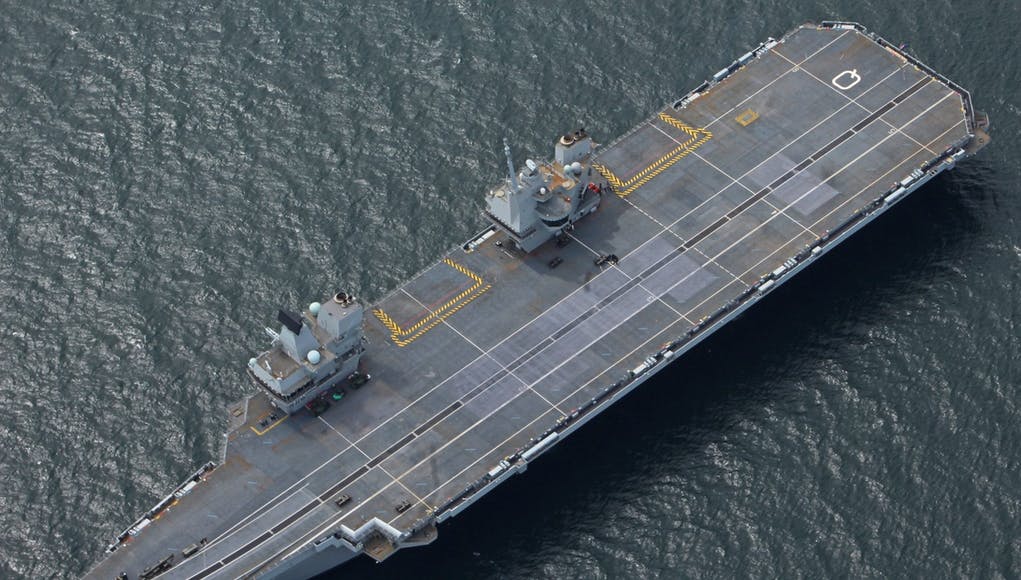In the past, ships used a freshwater generator. This method of producing freshwater out of seawater was done through a method of evaporation. Nowadays, more advanced technology is used. Ships like the HMS Queen Elizabeth utilizes the reverse osmosis system. But how does it work?
The HMS Queen Elizabeth, an aircraft carrier, has a reverse osmosis system aboard. The system is capable of converting seawater to 500 tons of fresh water on a daily basis.
Facts About the HMS Queen Elizabeth
The HMS Queen Elizabeth is an aircraft carrier christened by the Queen in 2014 and was officially commissioned into service in December 2017. The aircraft carrier houses around 700 crew, around 1,600 with aircraft on board. (Source: Naval Technology)
The HMS Queen Elizabeth can reach speeds up to 25 knots and sail for seven days straight without refueling or replenishing food supplies. This massive ship can accommodate up to 20 fixed and rotary-wing aircraft.
The ship carried 30mm automated small caliber guns and miniguns and was later fitted with the Phalanx close-in weapons system. The Phalanx is a 20mm M-61A1 cannon capable of automatically detecting, tracking, and engaging threats. It also comes with search and tracks radar and FLIR.
The ship is also equipped with a £1 million reverse osmosis system. This system is capable of drawing seawater and producing 540 tons of freshwater per day. There are three separate reverse osmosis systems onboard the ship. Each run independently from the other and can dispose of the water used by the ship safely back into the ocean. (Source: UK Defence Journal)
Many contractors were utilized to build the HMS Queen Elizabeth:
- BAE Systems
- Thales UK as a key supplier
- Babcock
- VT Group (which was later turned over to BAE Systems)
- Kellogg, Brown and Root UK
- BAE Systems Naval Ships
- UK MOD
- Brand-Rex Limited of Scotland
- Alfred-McAlpine IT Services
- C4IS
- BMT Defence Systems
- EDS
- QinetiQ
- Rolls-Royce for propulsion and life-support (Source: Naval Technology)
The First HMS Queen Elizabeth
Throughout the history of the Royal Navy, more than twenty ships carried the name Elizabeth. The earliest known ship to have taken the name dates back to the defeat of the Spanish Armada in 1588.
In 1915, a dreadnought ship was commissioned and was named HMS Queen Elizabeth. In 1918, the HMS Queen Elizabeth was the flagship of the Royal Navy. this ship was the first to be powered by two sets of steam turbines, and as it is a battleship, it was armed with all-big guns. (Source: Royal Navy)
The ship carried eight 15-inch guns mounted in four twin turrets, sixteen single-mounted 6-inch guns, two quick-firing 3-inch anti-aircraft guns, and four 21-inch torpedo tubes.
After thirty short years of service, the HMS Queen Elizabeth was placed on reserve in 1945. And as the advancement of warfare was rapid at this time, the ship became obsolete around the time of the attack on Pearl Harbor. She was decommissioned and sold off to Arnott Young in 1948. The flagship was scrapped in July of the same year. (Source: Historic UK)
